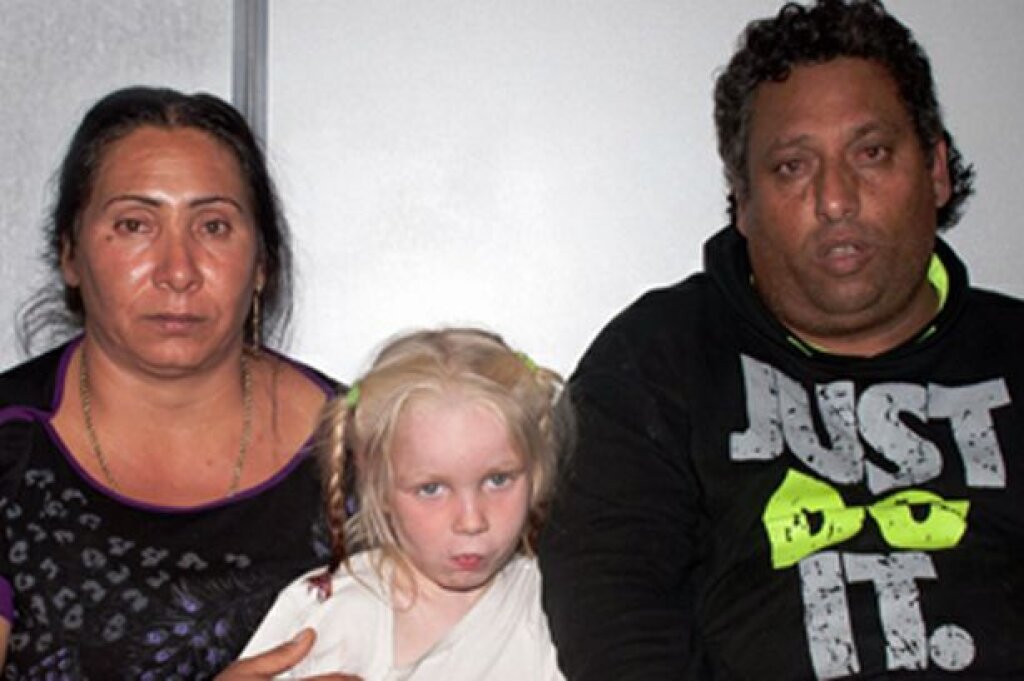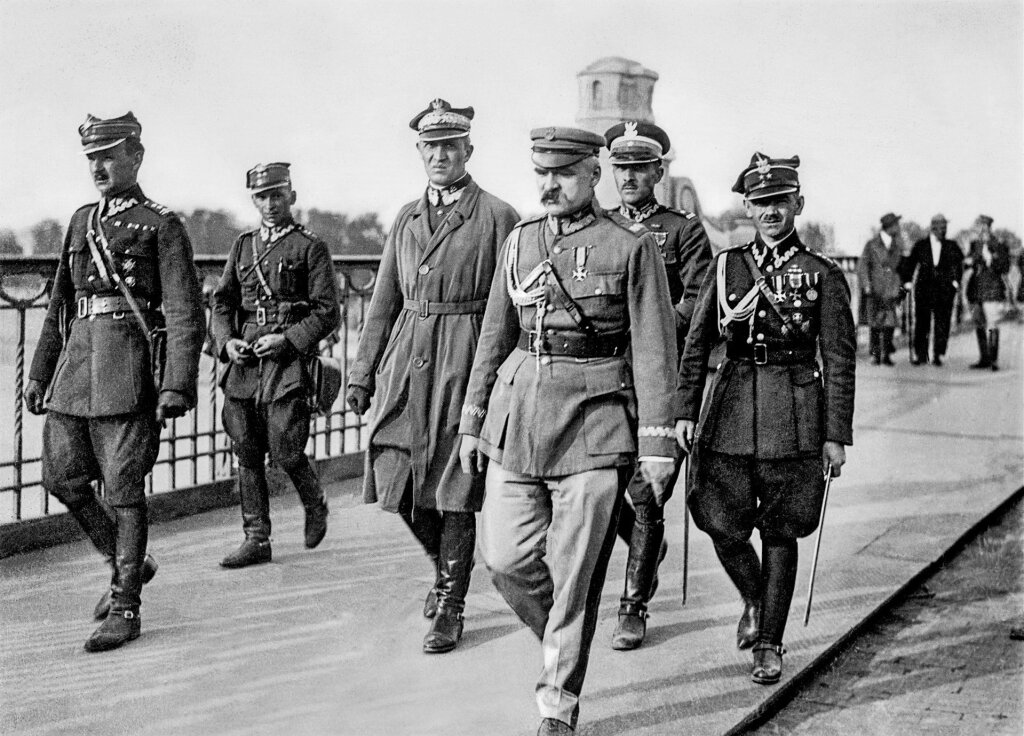Brigid O'Keefe is Assistant Professor of History at Brooklyn College
Kicking off a week of what proved to be atypically prodigious journalistic commentary on what is commonly referred to as the “plight of the Roma (or Gypsies)” or “the Roma question” in contemporary Europe, The New York Times featured an article on 19 October 2013 that bore the perplexing headline: “Are the Roma Primitive, or Just Poor?”[1]
One might rightly begin by pointing out the overt racism of the headline itself. Indeed, this is precisely what many bloggers and other concerned readers did in releasing their reasoned outcry on Twitter, in letters to the editor, and elsewhere. After all, one need only replace the words “the Roma” in that headline with the words “the blacks” or “the Jews” to see an appalling “standard” being applied to “the Roma” that, in 2013, would not otherwise be similarly applied to any other ethnic or minority group – at least not in the ostensibly self-respecting pages of The New York Times.
The racist headline of the 19 October 2013 article – which, the article’s author, Dan Bilefsky, publicly denied responsibility for on Twitter[2] – proved only one of the article’s problems, but one that well represented the larger public’s stalwart inability to discuss Roma meaningfully, fairly, and without unexamined prejudices.
Readers of Bilefsky’s article were lazily informed, in a style reminiscent of the worst that Wikipedia has to offer, that Roma may be defined as “the nomadic people, also known as Gypsies, who came from India to Europe centuries ago.”[3] Yet it makes as much sense and carries as much analytical import to refer to Roma as a nomadic people as it does to refer to “white people” as nomadic or to human beings as nomadic. As Alaina Lemon, an anthropologist at the University of Michigan, incisively argued in her book, Between Two Fires: Gypsy Performance and Romani Memory From Pushkin to Postsocialism, the insistence on Roma as eternal nomads makes it impossible to historicize Romani experiences, let alone devise solutions to the structural challenges that many Roma continue to face today in Europe and across the globe. Lemon writes:
“There never actually lived an abstract Gypsy, ‘nowhere and everywhere.’
The image of wandering leads to faulty abstractions about diaspora: all humans travel and shift. The challenge may be less to construct a ‘nomadology’ for Gypsies… than to see that Roma, too, belong to places.”[4]
Devoid of such a nuanced perspective, Bilefsky’s casual rendering of “an estimated 11 million” Roma in Europe as nomadic[5] (read: “deviant,” “backward,” “dangerous,” “shifty,” “non-modern,” etc) is often peddled in journalistic and popular accounts as a basic truism about this “people” that is likewise rendered inescapably exotic. The perpetuation of such tropes is one reason why the European Roma Rights Centre (ERRC) felt the dire need to distribute a fact sheet last week to media outlets, activists, and any other reasonable person willing to confront a more complex reality than is typically allowed in contemporary journalistic writing on Roma.[6] In stark terms, the ERRC fact sheet explained, “Although Roma are often described as leading a nomadic way of life, 95% of European Roma are settled in one place.”[7]
Emblematic of a larger problem that uninformed journalists and others have in trying to speak meaningfully about contemporary problems faced by Roma across Europe are their totalizing linguistic choices. In two separate articles published by Bilefsky in The New York Times last week, he referred time and again to “the Roma.”[8] Take for example, the core question at the heart of his “Are the Roma Primitive, or Just Poor?” article. Bilefsky writes, “At a time of fiscal austerity, policy makers are raising a thorny question: after centuries of persecution and living on the fringes of society, can the Roma ever integrate into Western Europe?”[9]
“The Roma.” Consider the phrase. At the basic level of grammar, Bilefsky erroneously suggests that Roma are a monolithic people with a monolithic culture and history. Yet Roma are diverse. Roma differ not only in language or country of citizenship, but also in terms of culture, history, religion, lifestyle, and occupations. No matter how well-meaning the speakers’ intentions, any discussion that operates with a careless vocabulary of “the Roma” denies the inescapable reality of the diversity of Roma and Romani experiences, both past and present. Understanding Roma and the many problems Romani communities currently face throughout Europe requires an understanding of Roma as anything but a monolithic "people" who can be flatly rendered singular with the casual swish of a weighty "the."
Indeed the larger question that Bilefsky explored in his 19 October 2013 article – that of Romani integration in Europe (Western Europe, in particular) – is a question that is at least in part born of a refusal to explore Romani histories and cultures beyond the confines and conceptual frameworks of tired and shabby stereotypes that thrive in no small measure on the essentialist language of “the Roma” or “the Gypsies.”
The question posed by The New York Times last week is undoubtedly an anguished one: “Can ‘the Roma’ integrate?” I would argue, however, that the better question (and a key to the first) is to ask, "How do Roma variously live, and how have they variously lived in the past?"
My own book, New Soviet Gypsies: Nationality, Performance, and Selfhood in the Early Soviet Union, explores the social and political lives of Roma as they variously navigated the nationality regime of the early Soviet Union. In the 1920s and 1930s, the Bolsheviks also rather unsurprisingly asked the question: can “the Gypsies” be integrated? In this case, the Bolsheviks questioned whether Roma could be integrated into the socialist economy as legitimate laborers and assimilated fully into Soviet culture as conscious citizens. The Bolsheviks – like so many uninformed commentators and politicians in our own day – were demonstrably wary of the Soviet Union’s so-called “backward Gypsy” population. Many regarded “the Gypsies” as a threat, seeing them as icons of indifferent marginality, disorder, indolence, parasitism, and irrational nomadism.
Yet while the early Soviet state feared that its Romani population suffered from an extraordinary and potentially insurmountable cultural “backwardness,” it also sought to sovietize Roma through a range of nation-building projects. As a recognized “official nationality,” Roma were theoretically entitled in the early Soviet Union to an array of “affirmative action” polices that ultimately enabled the creation of an All-Russian Gypsy Union, Romani-language schools, the Moscow State Gypsy Theatre “Romen,” Romani collective farms, and a Romani national literature. The Bolsheviks intended that these “national forms,” once suffused with “socialist content,” would help to refashion even “backward Gypsies” into Soviet citizens.
As I demonstrate in my book, Roma actively engaged with Bolshevik nationality policies, thereby assimilating Soviet culture, social customs, and economic relations. Indeed, Roma proved the primary agents in the refashioning of so-called “backward Gypsies” into conscious Soviet citizens. In their daily lives and in a variety of both creative and prosaic ways, Roma mobilized and performed “Gypsiness” as a means of advancing themselves socially, culturally, and economically as Soviet citizens.[10]
This complex history of Romani integration in the early Soviet Union may serve as a useful reminder, I hope, that acknowledging the diversity of Romani histories and cultures is essential for any nuanced discussion, let alone response, to the complicated political, social, and economic realities that variously shape Roma’s contemporary lives in Europe today.
[1] Dan Bilefsky, “Are the Roma Primitive, or Just Poor?” The New York Times, 19 October 2013. Accessible online at: http://www.nytimes.com/2013/10/20/sunday-review/are-the-roma-primitive-or-just-poor.html
[2] Dan Bilefsky, Twitter post (“…I did not write the headline! Please read the actual story”), 19 October 2013, 6:25 pm. https://twitter.com/DanBilefsky
[3] Bilefsky, “Are the Roma Primitive.”
[4] Alaina Lemon, Between Two Fires: Gypsy Performance and Romani Memory From Pushkin to Postsocialism (Durham, NC: Duke University Press, 2000), 4.
[5] Bilefsky, “Are the Roma Primitive.”
[6] In issuing this fact sheet, titled “Romani Children in Europe – the Facts,” the ERRC was pointedly responding to sensational international news reports last week of the alleged kidnapping of a blond child by a Romani couple in Greece and two separate cases of the temporary removal of Romani children from their biological parents in Ireland. (The light-haired children in Ireland were also suspected to be kidnapping victims in this rather apparent case of racial profiling, but DNA tests proved otherwise).
[7] European Roma Rights Centre, “Romani Children in Europe – The Facts,” 25 October 2013. May be retrieved from the ERRC website at: http://www.errc.org/cms/upload/file/factsheet-on-romani-children-in-europe-english.pdf?utm_medium=email&utm_campaign=Factsheets+from+European+Roma+Rights+...&utm_source=YMLP&utm_term=
[8] It should nonetheless be noted that Bilefsky’s 25 October 2013 article on Roma demonstrated more nuance than the one he published 19 October 2013. Bilefsky, “Are the Roma Primitive;” and Dan Bilefsky, “Roma, Feared as Kidnappers, See Their Own Children at Risk,” The New York Times, 25 October 2013. The second is accessible online at: http://www.nytimes.com/2013/10/26/world/europe/for-the-roma-fears-of-kidnapping-in-europe-only-mirror-their-own.html?ref=danbilefsky
[9] Bilefsky, “Are the Roma Primitive.”
[10] Brigid O’Keeffe, New Soviet Gypsies: Nationality, Performance, and Selfhood in the Early Soviet Union (Toronto: The University of Toronto Press, 2013).



